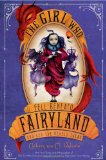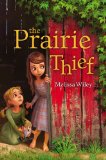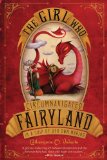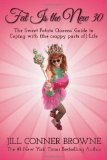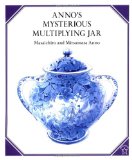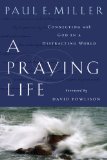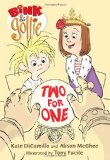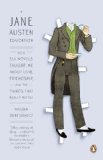Review of The Boy Who Met Jesus, by Immaculée Ilibagiza
Segatashya of Kibeho
by Immaculée Ilibagiza
with Steve Erwin
Hay House, Carlsbad, California, 2011. 219 pages.
Starred Review
2012 Sonderbooks Stand-out: #6 Nonfiction: Personal Stories
Immaculée Ilibagiza’s books fascinate me. Her deep love for Jesus was refined and purified in the fire of the Rwandan genocide. She tells that story in Left to Tell and her message of forgiveness in Led by Faith.
Then, in Our Lady of Kibeho she got even a Protestant like me excited about visions of the Virgin Mary that had come to three schoolgirls in Africa.
The Boy Who Met Jesus tells of another visionary from that time in Kibeho. Segatashya was a pagan shepherd boy who heard the voice of Jesus and then experienced repeated visions of Jesus talking with him, and his life was profoundly changed.
Segatashya’s visions have not yet been officially declared genuine by the Catholic church, but Immaculée interviewed people who talked with Segatashya and examined him, and none of those people have any doubt that he was genuine and his message was directly from Jesus.
The words he says Jesus told him may not appeal to those who believe you must exactly follow a certain doctrinal pattern, but I find the words full of love and beauty.
I will find the hearts of everyone who believes in me and follows my commandments — no matter which Bible they read or which religion they belong to.
When I come looking for my children, I will not only look in the Catholic Church for good Christians who do good deeds and acts of love and devotion. I will look across the entire world for those who honor my commandments and love me with an open and sincere heart . . . it is their love, not their religion, that makes them true children of God. Tell this one truth to all those to whom you speak in my name: Believe in me, and in whatever you do in life, do it with faith and love.
Those who do know of God, who have been taught of God’s ways, will be held to a higher standard . . . for to those who have been given, much will be expected. No one is forced to believe in God, but still, God lives in every person’s heart . . . just follow your heart to God’s love. Those who live in love will hear God’s voice, because God’s voice is a voice of love.
Though his message was not all sweetness and light. He foresaw the genocide of Rwanda, not knowing what it meant, but begging people to repent. He talked about the End of Days, but offered encouragement to those who follow Jesus.
After Segatashya’s apparitions, he was told by Jesus to go to other African countries and spread the message. Those stories are fascinating, too.
Immaculée tells about her visits with people who knew Segatashya and a member of the Commission of Enquiry who examined him. But I think my favorite part is where she met Segatashya herself as a college student before his death in the genocide. She asked him what Jesus was like.
“What you need to know is this: Jesus knows us all to the very depths of our souls, all our dreams and worries, all hopes and fears, all our goodness and all our weakness,” he explained. “He can see our sins and faults and wants nothing more than for us to heal our hearts and cleanse our souls so that we can love him as immeasurably as he loves us. When he sends us suffering, he does it only to strengthen our spirits so we’ll be strong enough to fight off Satan, who wants to destroy us, so that one day we can bask in the glory of his presence forever.”
Whatever your beliefs about God, it’s hard for me to imagine someone reading this book and not being touched.
Find this review on Sonderbooks at: www.sonderbooks.com/Nonfiction/boy_who_met_jesus.html
Disclosure: I am an Amazon Affiliate, and will earn a small percentage if you order a book on Amazon after clicking through from my site.
Source: This review is based on a library book from the Fairfax County Public Library.
Disclaimer: I am a professional librarian, but I write the posts for my website and blogs entirely on my own time. The views expressed are solely my own, and in no way represent the official views of my employer or of any committee or group of which I am part.

